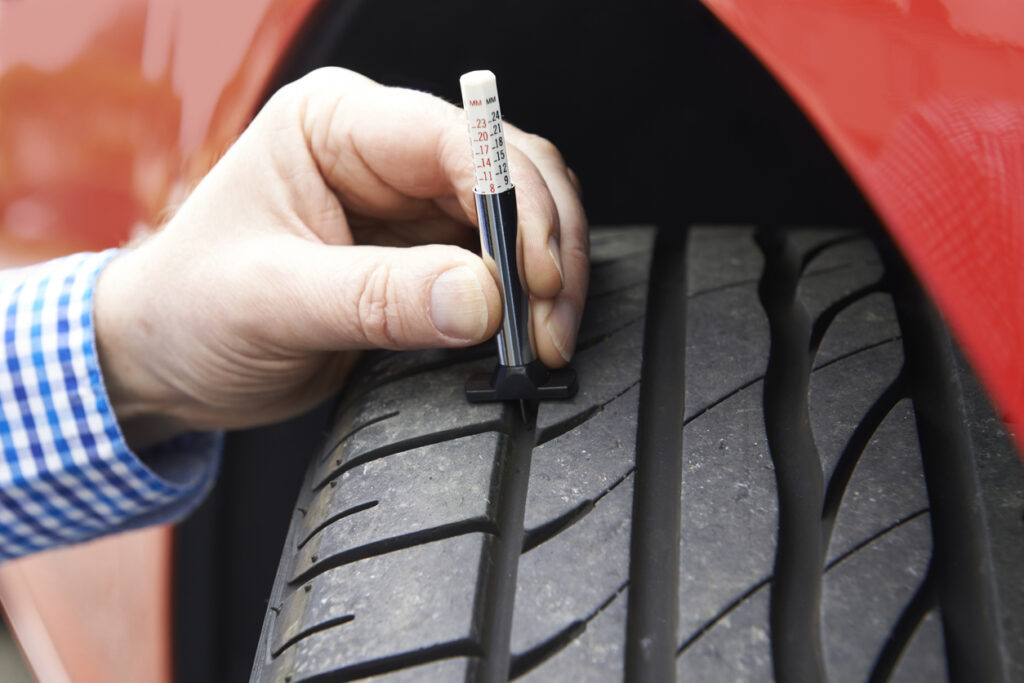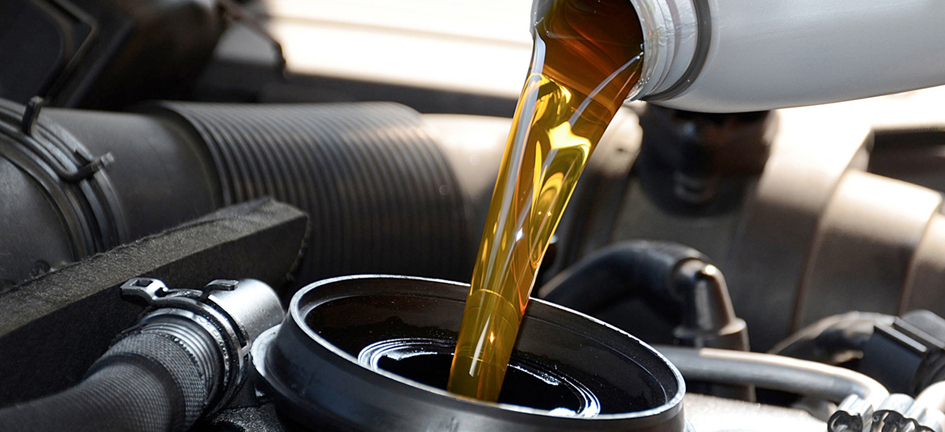When you’ve spent years behind the wheel, you’re almost guaranteed to have picked up some driving habits without even knowing it. Some of them will be good, some harmless, while others may be potentially bad for both you and your car. In order to make you aware of them and to help provide some safe driving tips along the way, we’ve put together a list of nine key driving mistakes to avoid.
1. Warm Up Your Engine
When you turn the key in the ignition, your car may kick into life, but that doesn’t mean that you should instantly set off. You have to wait at least 10-15 seconds for the engine to get up to its operating temperature, the oil to get to the critical components and let the RPM drop down. This can take longer depending on how cold the weather is, and the age of your vehicle.
2. Overloading Your Car

We know that when you’re packing up your car to go on a staycation, or even to move home, you don’t want to leave anything behind. But every vehicle has a weight limit, which is outlined in its handbook. If you go over that mark it can cause longstanding problems going forward, potentially impacting your drivetrain, suspension and brakes.
Should you run out of space inside your car, but still have capacity to carry some more weight, then using external storage is the perfect option. A roof box can be a game changer, and will mean that you don’t have to worry about cramming your possessions inside your cabin once the boot is full.
For everyday driving, make sure you take any unnecessary extra weight out of the car, as this can affect your fuel consumption.
3. Keep Your Tyres In Check

When driving, a smooth ride should be something that you can always rely on. One of the most essential checks to your car which will ensure that your journey doesn’t become bumpy (or unsafe) should be your tyre pressure.
It’s important not to over or under inflate your tyres, because this is likely to impact your vehicle’s overall stability, performance, fuel efficiency and braking distance. The recommended tyre pressure for your car will be shown on the dashboard, but it’s always best to manually check. You’ll be able to find the details in the handbook, and also inside the door frame.
The AA recommend that it’s regarded as best practice to check your tyre pressure every couple of weeks, in order to get the most out of your tyres.
4. Go Easy On Your Brakes
One of the most common driving errors is putting unnecessary impact on your brakes. If you need to stop in an emergency, then a last-minute hard brake is essential. However, you should always aim to stay conscious of what’s around you on the road, so that you can gently apply your brakes when you’re coming up to a red light or a junction. If you’re driving a manual, slow the car down gradually and sensibly using your gearbox – it’s better for your brake pads and means that you don’t have to rely on your reactions.
5. Keep Both Hands On The Wheel
We’re all taught during our driving lessons to hold the wheel at a ‘ten-to-two position’, but all too often this practice disappears once you’ve passed your test. By having both hands on the wheel whenever possible, it not only gives you the most control of your steering but will enable you to react quickly in an emergency.
6. Don’t Ignore A Warning Light

Your dashboard’s covered with symbols that can give you a good idea of your cars vitals. In most modern cars, these include will your major components such as your braking system, engine and cooling system. There are some warning lights that will require immediate action, while others may be less urgent. Find out what each light signifies and what to do when it flashes with our helpful Dashboard Warning Lights Explained guide.
While we’re on the subject, don’t forget to inspect your car regularly. If you rely on it to get you to work every day you can’t take it for granted that a problem hasn’t developed. Always make sure you have enough coolant to keep your car parts lubricated, that your windscreen wipers are in good condition if the weather turns, and test headlights, tail lights, and your brakes.
7. Use The Correct Oil

Simply put, oil keeps your car going. Unfortunately, not every car can run off the same type of oil. Some engines and cars need oil that’s thicker than others, so don’t just go looking for the cheapest option. If you put the wrong engine oil into your car it can cause irreversible damage. So rather than potentially being faced with a costly bill at the garage, we suggest putting your registration number into using our handy fast finder tool, to discover exactly which oil is suitable.
8. Riding The Clutch
If you drive a manual car, then there’s a fair chance that you may have developed one of the most common driving errors – riding the clutch. By keeping your foot on the pedal after you’ve changed gear, or leaving it there when you’re doing a hill start, you can reduce your clutch’s lifespan. It’s a part of your car that’s susceptible to wear and tear, so you’ll want to get out of this bad driving habit as soon as possible.
There are some simple safe driving tips to make your clutch last as long as possible. You can get into the habit of immediately moving your foot after you’ve changed up or down. Plus, if you stop on a hill, remember to switch to neutral and put the handbrake on. You can then just slip it into gear when you’re prepared to set off again.
9. Get To Know Your Gearbox
Your car’s gearbox has been designed to give you a full range of options appropriate to the speed that you’re travelling and the gradient of the road you’re on. With this in mind, there’s no need to drive in too high a gear when you’d be better placed dropping down to get your revs and speed up in a lower gear. Both your gearbox and engine will thank you for it, and it will save you money in the long term.
For more expert guides, car safety tips and insight on featured products, visit the Euro Car Parts Blog. If this guide has made you aware of something that might improve the safety of your driving, at Euro Car Parts we stock over 130,000 car parts from industry-leading brands, suitable for every make and model.


